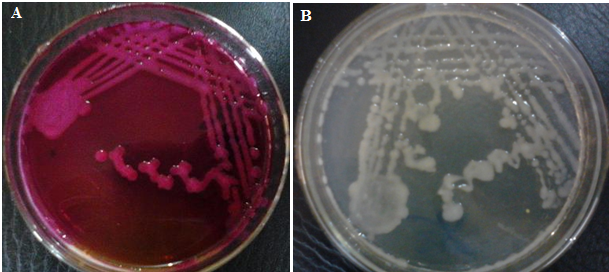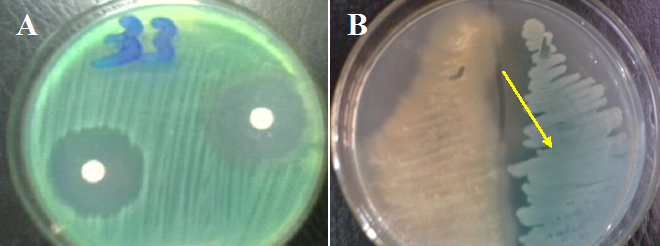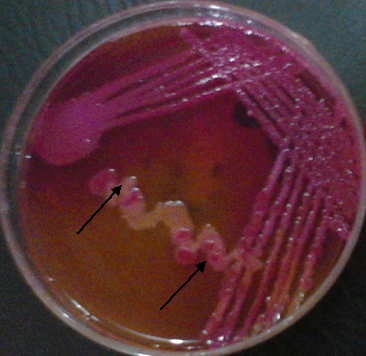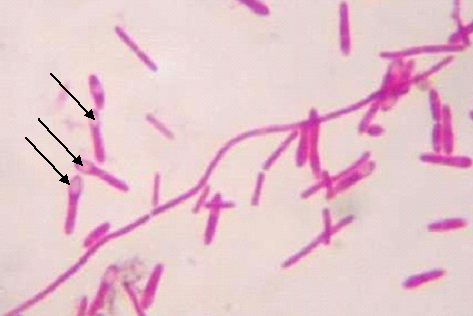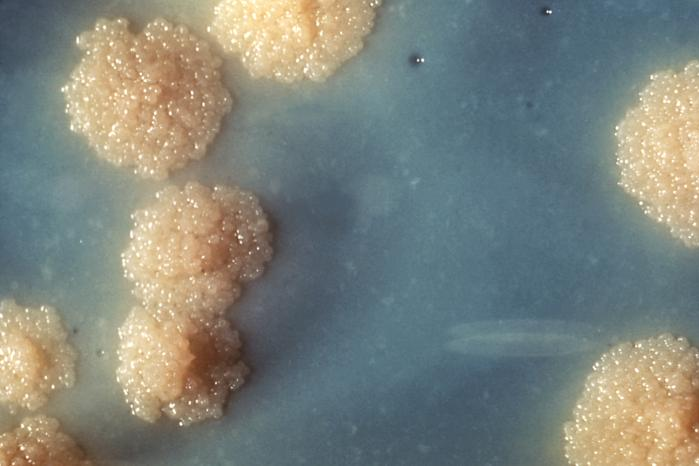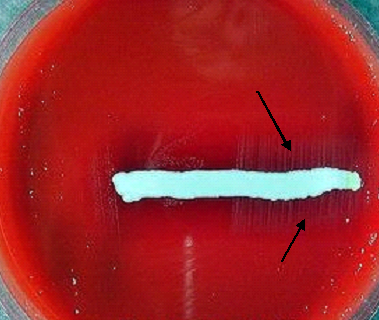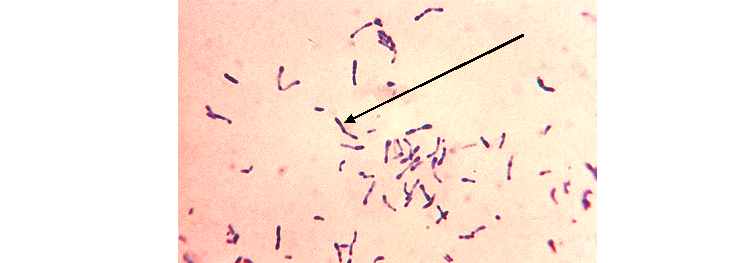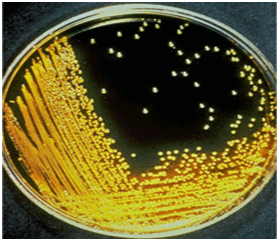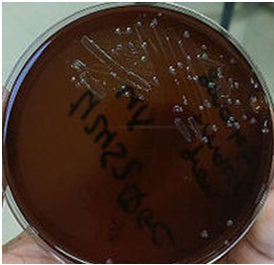KLEBSIELLA PNEUMONIAE
Klebsiella pneumoniae is a Gram-negative, encapsulated, lactose-fermenting, non-motile, facultative rod in the genus Klebsiella and family Enterobacteriaceae. In addition to O and H antigens, K. pneumoniae possess K antigens (that consists mainly of polysaccharides). K antigens are capsular antigens found mostly amongst members of the Enterobacteriaceae family; and in the case of K. pneumoniae, the […]
KLEBSIELLA PNEUMONIAE Read More »
Bacteriology
